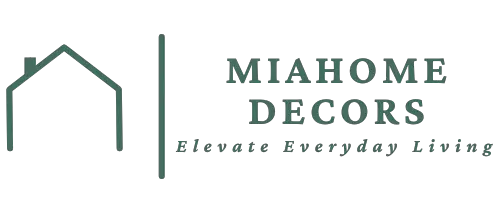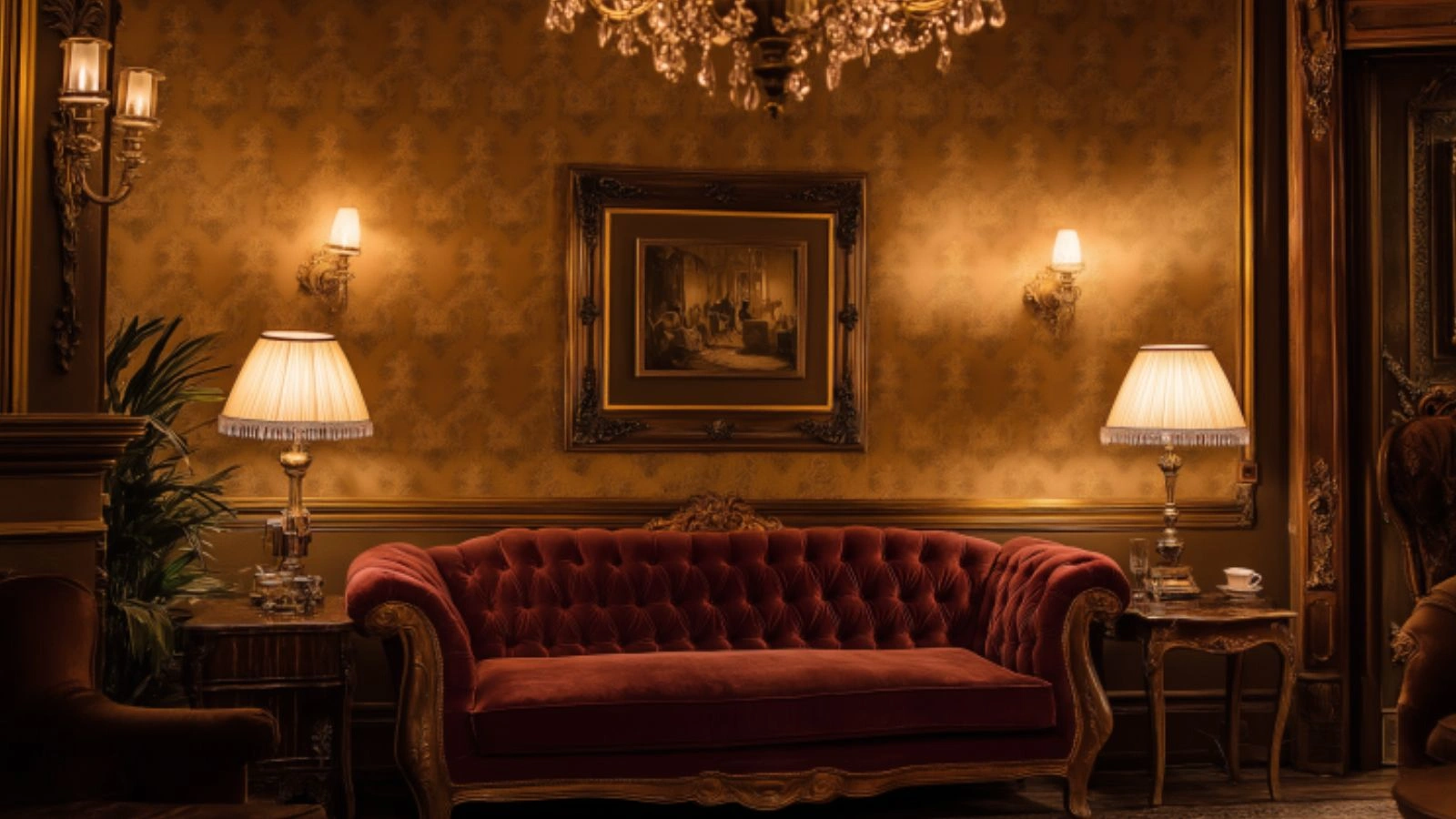Victorian House Interiors with Rich Details and Warm Lighting: A Guide to Timeless Elegance
Table of Contents
Step inside a Victorian-era home, and you’re immediately transported to a world of refined charm—ornate woodwork, intricate wallpaper, plush furnishings, and a golden glow from warm lighting that bathes the room in comfort. The Victorian style remains a favorite in home decor because of its ability to blend opulence with coziness, making interiors feel both majestic and lived-in.
This decorating approach gained popularity during Queen Victoria’s reign (1837–1901) and reflects the values of a time fascinated by detail, texture, and personal expression. With a renewed interest in timeless aesthetics, homeowners today are embracing Victorian interiors as a way to escape the stark minimalism of modern design.
In this post, we’ll explore how to bring Victorian charm into your home. From detailed architectural features to the art of layered lighting, every section offers practical guidance, visual inspiration, and expanded insights to help you capture the soul of this historic aesthetic in a livable way.
Architectural Elements that Define a Victorian Interior
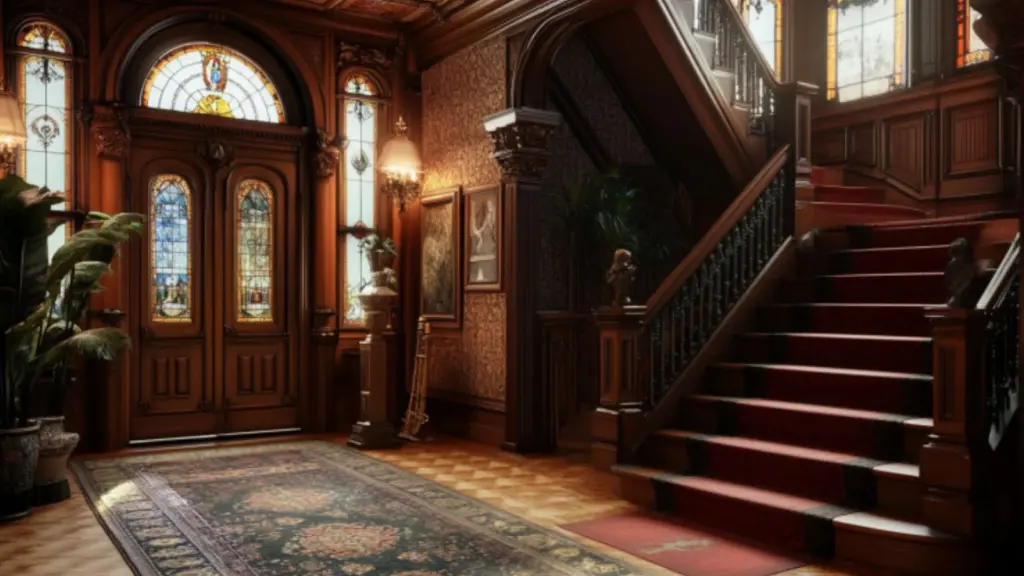
Victorian homes are instantly recognizable by their bold architecture and lavish interior features. If you want to infuse your home with this historical elegance, start by understanding the core structural elements.
Signature Architectural Features:
- Crown Molding and Ceiling Medallions: Often handcrafted, these intricate designs add height and formality.
- Wainscoting and Wall Paneling: Typically wood or embossed, they frame walls with stately character.
- Arched Doorways and Transom Windows: Create a flow of light and structure in hallways and entry points.
Table: Key Victorian Architectural Elements
| Feature | Description | Modern Tip |
|---|---|---|
| Crown Molding | Ornate trim along ceilings | Use foam alternatives for easy installation |
| Stained Glass Windows | Colored glass patterns in doors or stairwells | Add peel-and-stick options for charm |
| Pocket Doors | Sliding wooden doors with carved panels | Install for space-saving vintage style |
Victorian Color Palettes: Depth and Drama in Every Hue
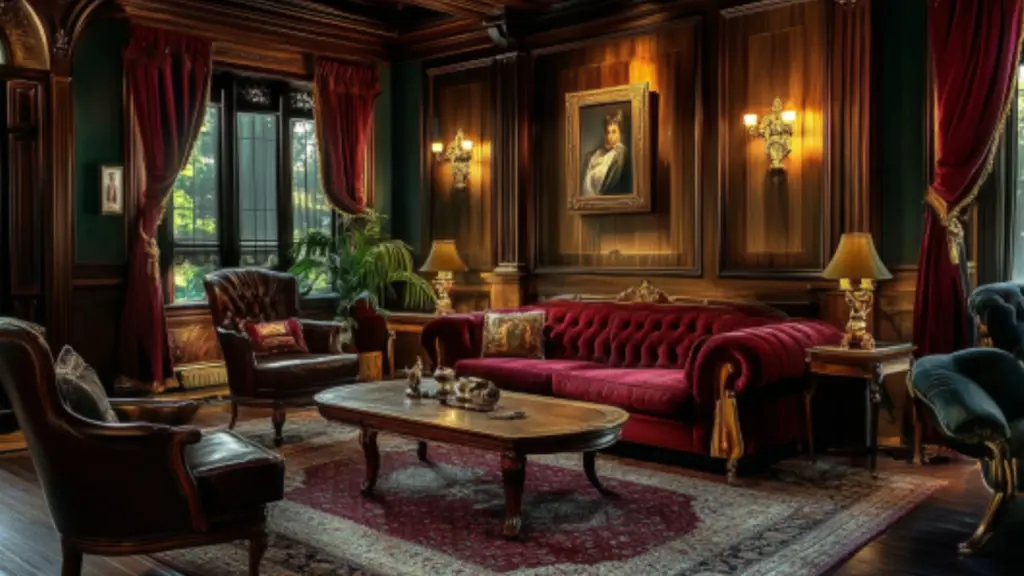
Color is essential to Victorian interiors. Unlike today’s minimal palettes, Victorians embraced depth and emotion through color. Warm neutrals met deep, moody tones—each telling a story.
Popular Victorian Color Combinations:
- Dark Greens & Burgundy: Paired with rich wood tones, these evoke a library-like atmosphere.
- Dusty Rose & Ivory: Brings softness to parlor and sitting rooms.
- Navy & Gold Accents: Adds regal flair, especially in dining areas.
Table: Victorian Color Pairing Guide
| Base Color | Accent Color | Suggested Room | Effect |
|---|---|---|---|
| Burgundy | Cream | Dining Room | Warm and elegant |
| Deep Green | Gold | Study or Library | Luxurious and calming |
| Slate Blue | Brass | Bedroom | Romantic and moody |
Furnishing the Victorian Way: Comfort Meets Craftsmanship
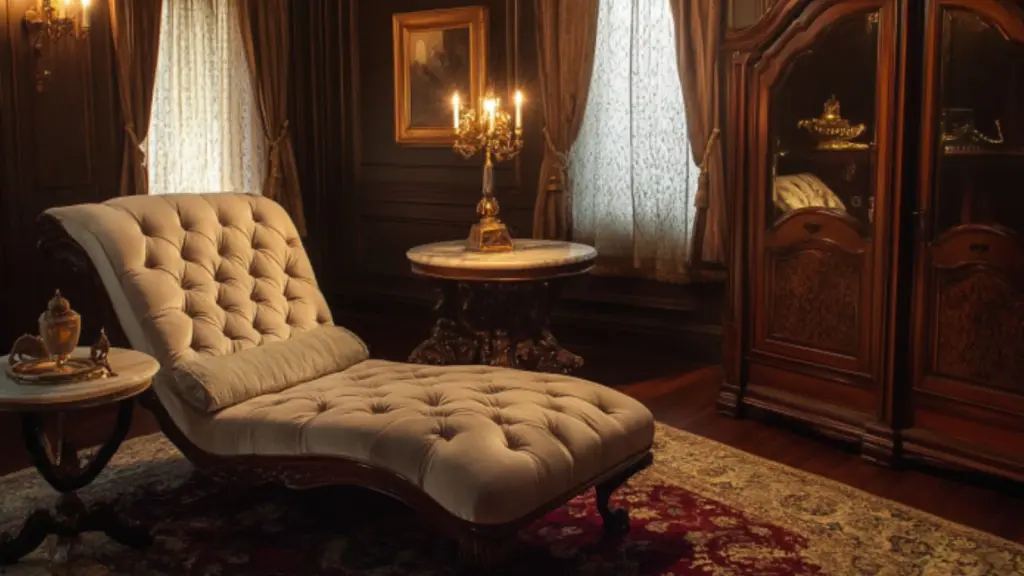
One of the most iconic aspects of Victorian design is its furniture—lavish, upholstered, and designed with intention. These pieces weren’t just functional; they were statement-making.
Victorian Furniture Characteristics:
- Curved Silhouettes: Settees, armchairs, and beds often had scrollwork or cabriole legs.
- Ornate Woodwork: Carvings in dark oak or mahogany were standard.
- Mixed Materials: Upholstery in velvet, brocade, or embroidered fabric added dimension.
Table: Victorian-Inspired Furniture Essentials
| Furniture Piece | Key Detail | Modern Take |
|---|---|---|
| Chaise Lounge | Tufted velvet with scroll arms | Look for compact versions in jewel tones |
| Armoire | Hand-carved doors and brass pulls | Adds drama in bedrooms or hallways |
| Side Tables | Marble tops and turned legs | Pair with modern lighting for contrast |
Layered Lighting: Creating a Victorian Glow
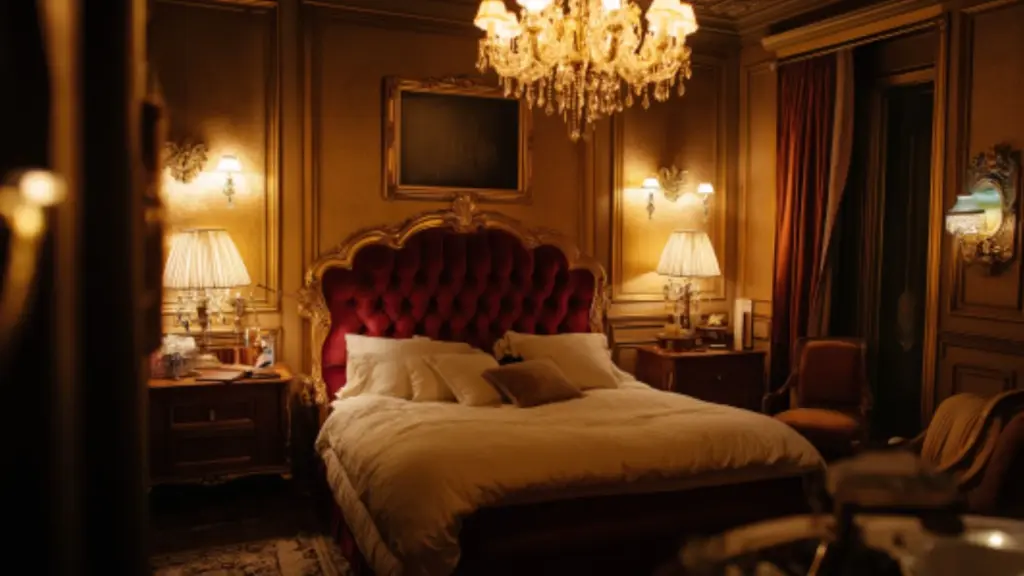
Lighting in a Victorian home is as much about mood as function. Before electricity, light came from candles, oil lamps, and later, gas fixtures—each casting a warm, flickering ambiance. Today, you can mimic this effect with smart layering.
Layered Victorian Lighting Techniques:
- Ambient Lighting: Chandeliers with warm bulbs or candelabra-style sconces.
- Accent Lighting: Picture lights to highlight wall art or built-in bookcases.
- Task Lighting: Table lamps with etched glass or stained shades for reading nooks.
Table: Victorian Lighting Layers for Each Room
| Room | Lighting Type | Description |
|---|---|---|
| Living Room | Chandelier | Central crystal or brass fixture |
| Bedroom | Bedside Sconces | Dimmed and warm, ideally vintage-style |
| Hallway | Wall Sconces | Paired with mirrors to reflect glow |
| Study/Library | Banker’s Lamp | Green glass shade and brass base |
Modern Tip: Use dimmable LED bulbs with warm temperatures (2700K–3000K) to replicate the soft Victorian glow without sacrificing energy efficiency.
Wall Treatments and Textures that Define the Era
Victorian walls are layered with texture—from heavy drapes to intricate wallpaper. The idea was to create richness through contrast, shadow, and ornament.
Victorian Wall Style Elements:
- Wallpaper: Floral, damask, or Gothic revival motifs dominated. Often used floor-to-ceiling or framed in panels.
- Tapestries and Textile Panels: Woven art or fabrics hung as art or insulation.
- Picture Rail Moldings: Allowed art to hang without damaging plaster.
Table: Victorian Wall Treatments Overview
| Treatment Type | Description | Best Use |
|---|---|---|
| Damask Wallpaper | Embossed floral or scroll patterns | Parlors, dining rooms |
| Wood Paneling | Rich oak or mahogany wainscoting | Entryways, stairwells |
| Velvet Drapery | Floor-length, lined for fullness | Bedrooms, sitting rooms |
Modern Tip: Recreate the look using peel-and-stick wallpaper and layered window treatments that combine sheers and blackout velvet for a lush effect.
Decorative Accessories that Tie It All Together
Small touches can complete the transformation of a room. In Victorian homes, decorative objects weren’t just filler—they were deliberate expressions of taste, class, and nostalgia.
Essential Accessories for a Victorian Look:
- Oil Paintings: Landscapes, portraits, and still lifes in ornate frames.
- Porcelain Figurines & Vases: Often floral or classical in theme.
- Books and Brass: Leather-bound volumes with embossed spines, candle holders, and bells.
Table: Key Victorian Decor Items
| Accessory | Typical Material | Best Room Placement |
|---|---|---|
| Gilded Mirror | Brass, carved wood | Above fireplace or entry console |
| Tapestry Art | Woven fabric | Hallways or over beds |
| Clock Mantelpiece | Brass or ceramic | Fireplace mantels or desks |
Flooring and Rugs: Foundations of Victorian Warmth
Flooring in Victorian homes typically featured hardwoods adorned with layered textiles. Plush rugs added both luxury and insulation.
Common Victorian Flooring Styles:
- Hardwood Planks: Dark stained oak or walnut.
- Inlay Designs: Parquet or bordered wood patterns in entryways.
- Area Rugs: Persian-style or Oriental rugs with rich reds, navy, and gold.
Table: Victorian Flooring Breakdown
| Floor Type | Typical Use Room | Characteristics |
|---|---|---|
| Hardwood Planks | Whole house | Durable and elegant |
| Parquet Inlay | Entry, hallway | Geometric patterns with rich contrast |
| Persian Rugs | Living, dining, beds | Soft underfoot and visually grounding |
Conclusion
Victorian interiors are more than a design style—they’re a celebration of history, craftsmanship, and ambiance. Whether you’re preserving an original home or channeling the aesthetic in a modern space, focusing on rich details and warm lighting allows you to create an environment that’s both elegant and inviting. These spaces tell stories, spark nostalgia, and offer a retreat from the fast-paced modern world.
By embracing the layered beauty of Victorian design, you can craft a home that feels like a timeless treasure—warm, detailed, and uniquely yours.
